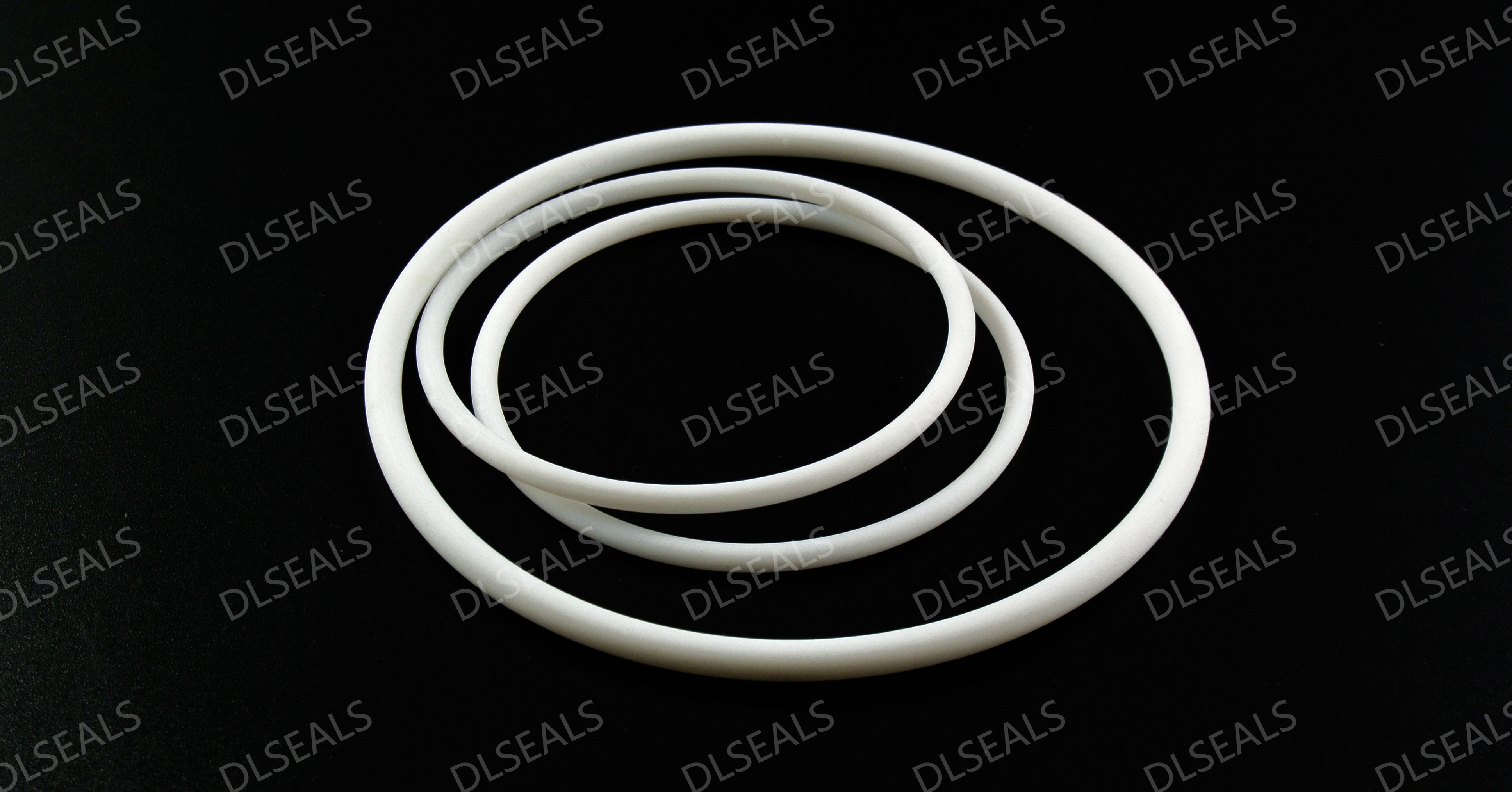
The following are some common questions about rubber seals and their answers to help users better understand and use these seals.
1. What are rubber seals?
Answer: Rubber seals are parts made of rubber materials, mainly used to prevent liquid or gas leakage and ensure the sealing performance of equipment or systems. Common types include O-rings, U-rings and X-rings.
2. What are the main application areas of rubber seals?
Answer: Rubber seals are widely used in many fields such as automobiles, aerospace, mechanical engineering, hydraulic systems, home appliances, pharmaceuticals and food processing to provide dynamic and static sealing solutions.
3. How to choose the right rubber seal material?
Answer: When choosing rubber seal materials, the following factors should be considered:
Working environment: high temperature, low temperature, chemical corrosion, oxidation, etc.
Medium: the nature of the liquid or gas in contact, such as oil, water, gas, etc.
Mechanical load: working pressure and movement mode, etc.
Durability: Choose the right material according to the service cycle and replacement frequency.
Common materials include nitrile rubber (NBR), fluororubber (FKM), silicone rubber (VMQ), etc.
4. What is the operating temperature range of rubber seals?
Answer: The operating temperature range of rubber seals is generally between -40°C and +200°C, depending on the selected material. For example, fluororubber can withstand high temperatures up to +250°C, while silicone rubber is suitable for high and low temperature occasions.
5. How to install rubber seals to ensure the best effect?
Answer: The following points should be noted when installing rubber seals:
Clean the installation surface: Make sure the installation surface is flat, smooth, and free of dirt and particles.
Avoid excessive stretching: Avoid stress concentration and excessive stretching during installation.
Lubrication: Appropriate use of lubricants (such as detergents or special lubricants) helps the seals enter the installation groove more smoothly.
Pre-compression amount: According to the design requirements, ensure that the pre-compression amount is appropriate to provide the best sealing effect.
6. How to extend the service life of rubber seals?
Answer: To extend the service life of rubber seals, the following measures can be taken:
Regular inspection: Regularly check the status of the seals and replace them in time if problems are found.
Reasonable material selection: Select appropriate materials according to the working environment and media.
Avoid overload: Use within the required range to avoid exceeding the load capacity of the seal.
Maintenance: Keep the system clean to avoid damage to the seal by impurities.
7. What should I do if the rubber seal fails?
Answer: If the rubber seal fails (such as leakage, cracks or deformation), the following steps should be taken immediately:
Stop inspection: Stop the operation of related equipment to avoid further damage.
Replace seals: Select substitutes according to the model and material of the seal, and replace the failed seal in time.
Analyze the cause: Check the cause of the failure and adjust the design or working conditions to prevent it from happening again.
8. How to detect whether the rubber seal has failed?
Answer: The status of the rubber seal can be detected by the following methods:
Visual inspection: Observe whether there are obvious defects such as cracks, deformation, aging, wear, etc.
Leakage test: Check whether there is leakage through compressed air or liquid pressurization test.
Performance test: Evaluate the performance parameters such as compression permanent deformation and tensile strength of the seal.
9. How to deal with the recycling and environmental impact of rubber seals?
A: The recycling of rubber seal waste usually includes:
Classified recycling: Separate the discarded rubber seals from other materials and send them to a special rubber recycling plant for processing.
Reuse: Some rubber seals can be reprocessed and reused to reduce environmental impact.
At the same time, choosing environmentally friendly materials and reducing the consumption of seals can also help reduce the environmental footprint.
Conclusion
Rubber seals play an important role in modern industry. Understanding their common problems can help users better select, install and maintain seals to ensure the normal operation of equipment. If you have other questions, please feel free to consult!
Post time: Oct-18-2024
